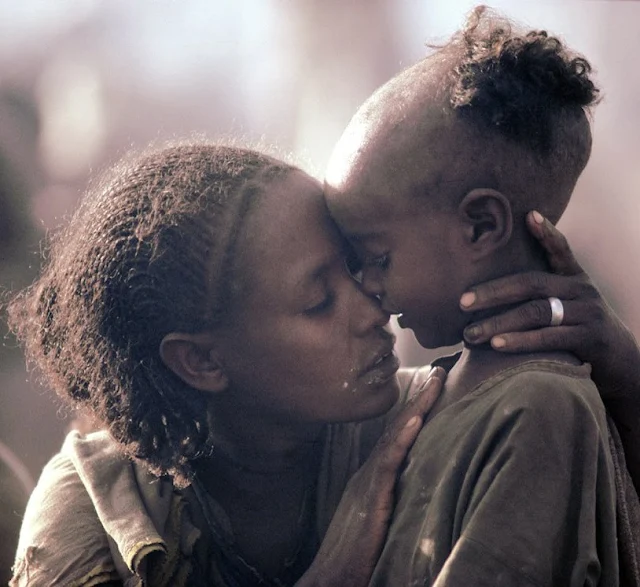Swami Paripoornananda Saraswathi a renowned Saint, Scholar and Visionary was born on 1st November 1972 in a traditional family.
After his formal education, he joined a vedic school to study Krishna Yajurveda. Not being satisfied with mere recitation of vedic hymns, he developed a keen interest to pursue the meaning of vedic philosophy in depth under the able guidance of Pujyasri Swami Dayananda Saraswathi a well renowned sage of India, hailing from the lineage of Sri Adi Shankaracharya.
Being inspired by the teachings of his Guru, Swami Paripoornananda Saraswathi realised the need for balancing the society by imparting knowledge and to render services, Pujyasri Swamiji established Sreepeetham as the hub of all spiritual and service activities.Since then he has been promoting and propagating the Advaita Philosophy and the principles of Sanatana Dharma by going to every nook and corner of India.
After his formal education, he joined a vedic school to study Krishna Yajurveda. Not being satisfied with mere recitation of vedic hymns, he developed a keen interest to pursue the meaning of vedic philosophy in depth under the able guidance of Pujyasri Swami Dayananda Saraswathi a well renowned sage of India, hailing from the lineage of Sri Adi Shankaracharya.
Being inspired by the teachings of his Guru, Swami Paripoornananda Saraswathi realised the need for balancing the society by imparting knowledge and to render services, Pujyasri Swamiji established Sreepeetham as the hub of all spiritual and service activities.Since then he has been promoting and propagating the Advaita Philosophy and the principles of Sanatana Dharma by going to every nook and corner of India.





